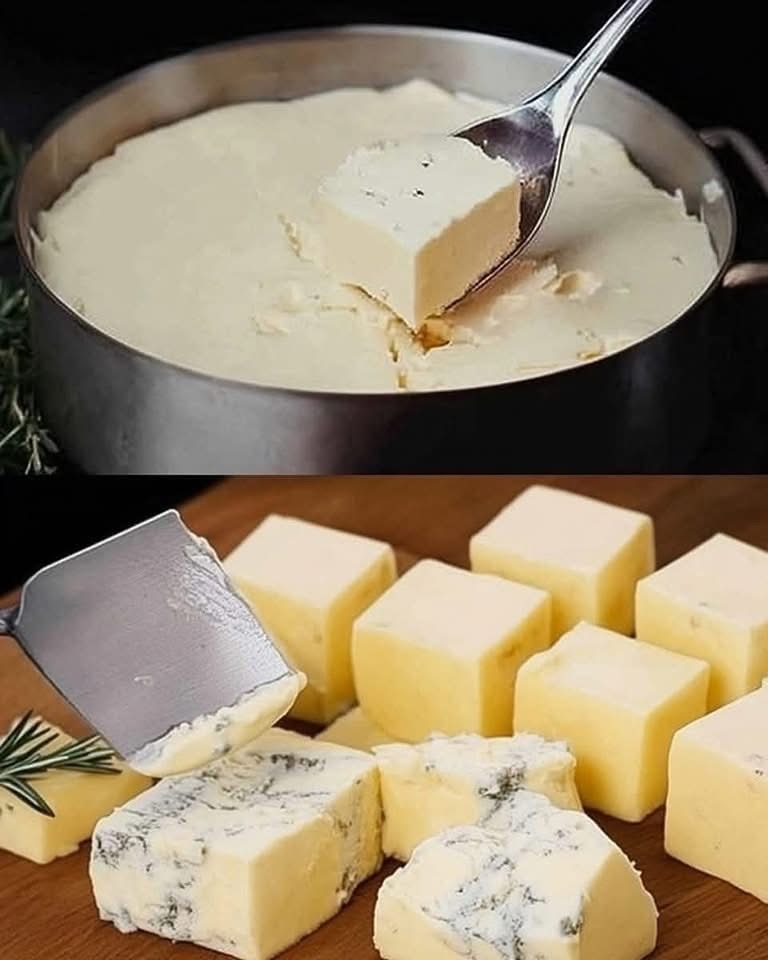Here’s a complete and cohesive write-up for a **Homemade Cheese Recipe**, covering all the sections you requested — with clear formatting and no wide line breaks:
—
## **Homemade Cheese Recipe**
### **Introduction and Origin**
Cheese is one of the oldest dairy products, with roots tracing back over 7,000 years. Its origin is often credited to the Middle East, where milk was stored in containers made from animal stomachs, naturally curdling into cheese. Over centuries, cheese-making techniques evolved across Europe and Asia, producing a variety of flavors and textures. Making cheese at home connects you to these ancient traditions while allowing you full control over ingredients and flavors.
### **Cultural Significance**
Cheese holds deep cultural significance in many regions. In France, it’s an art form; in Italy, a culinary staple. From paneer in India to queso fresco in Latin America, homemade cheeses are embedded in family traditions and everyday meals. Crafting cheese by hand not only revives these customs but also promotes slow food practices in modern kitchens.
### **Ingredients Quantity**
For a basic fresh cheese (similar to ricotta or paneer):
* 1 liter (4 cups) whole milk (cow’s, goat’s, or buffalo’s milk)
* 2–3 tablespoons white vinegar or lemon juice
* 1/4 teaspoon salt (optional)
### **Optional Additions**
* Fresh herbs (chives, parsley, basil)
* Cracked pepper or chili flakes
* Garlic powder or smoked paprika
* Olive oil for marinating
* A touch of cream for richer texture
### **Tips for Success**
* Use fresh, full-fat milk for best results.
* Avoid ultra-pasteurized milk as it may not curdle properly.
* Heat milk slowly and stir gently to avoid scorching.
* Add acid (lemon juice/vinegar) gradually while stirring.
* Use cheesecloth or a clean muslin for draining curds evenly.
### **Instructions**
1. Pour milk into a heavy-bottomed pot and heat slowly over medium heat until it reaches about 85–90°C (185–195°F), stirring occasionally.
2. Once hot, turn off the heat and slowly add vinegar or lemon juice, one tablespoon at a time, stirring gently. The milk will begin to curdle.
3. Let sit for 5–10 minutes to allow curds to fully separate from the whey.
4. Line a colander with cheesecloth and place it over a bowl. Pour in the curdled milk.
5. Let it drain for 10–30 minutes depending on desired texture (shorter for soft cheese, longer for firmer).
6. Gather the cloth and gently squeeze out excess whey. Add salt or herbs if desired.
7. Transfer cheese to a container. Chill for at least 1 hour before serving.
### **Description**
This homemade cheese is soft, fresh, and slightly tangy, with a clean dairy flavor. It can be spread on toast, crumbled into salads, or shaped into balls and marinated in olive oil. It’s highly customizable and can be made savory or sweet depending on your flavoring preferences.
### **Nutritional Information (Per 50g serving)**
* Calories: \~100 kcal
* Protein: 6–8g
* Fat: 6g
* Carbohydrates: 2–3g
* Calcium: \~150mg
* No additives or preservatives
### **Conclusion and Recommendation**
Homemade cheese is easy, wholesome, and satisfying. It’s a wonderful entry point into artisanal food-making and adds a personal touch to your meals. Whether you’re a beginner or a seasoned cook, making cheese from scratch enhances your appreciation for food and flavor.
### **Embracing Healthful Indulgence**
Crafting your own cheese promotes a balanced, mindful approach to eating. You know exactly what goes into it—no additives, no excess salt, just clean, nourishing ingredients. It’s a delicious way to indulge while staying in control of your health goals. So say yes to that creamy, fresh bite—because indulgence can be wholesome too.
—
